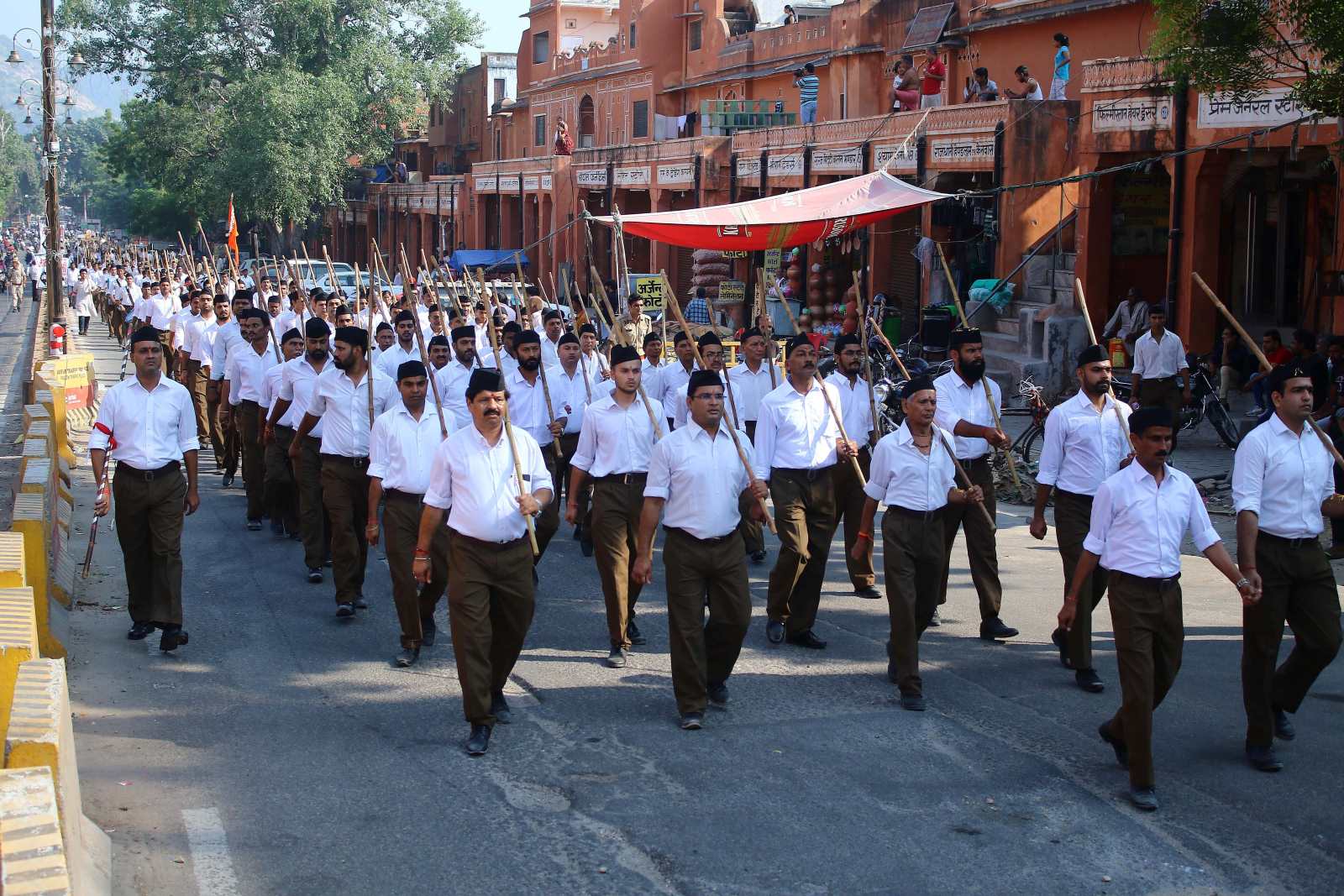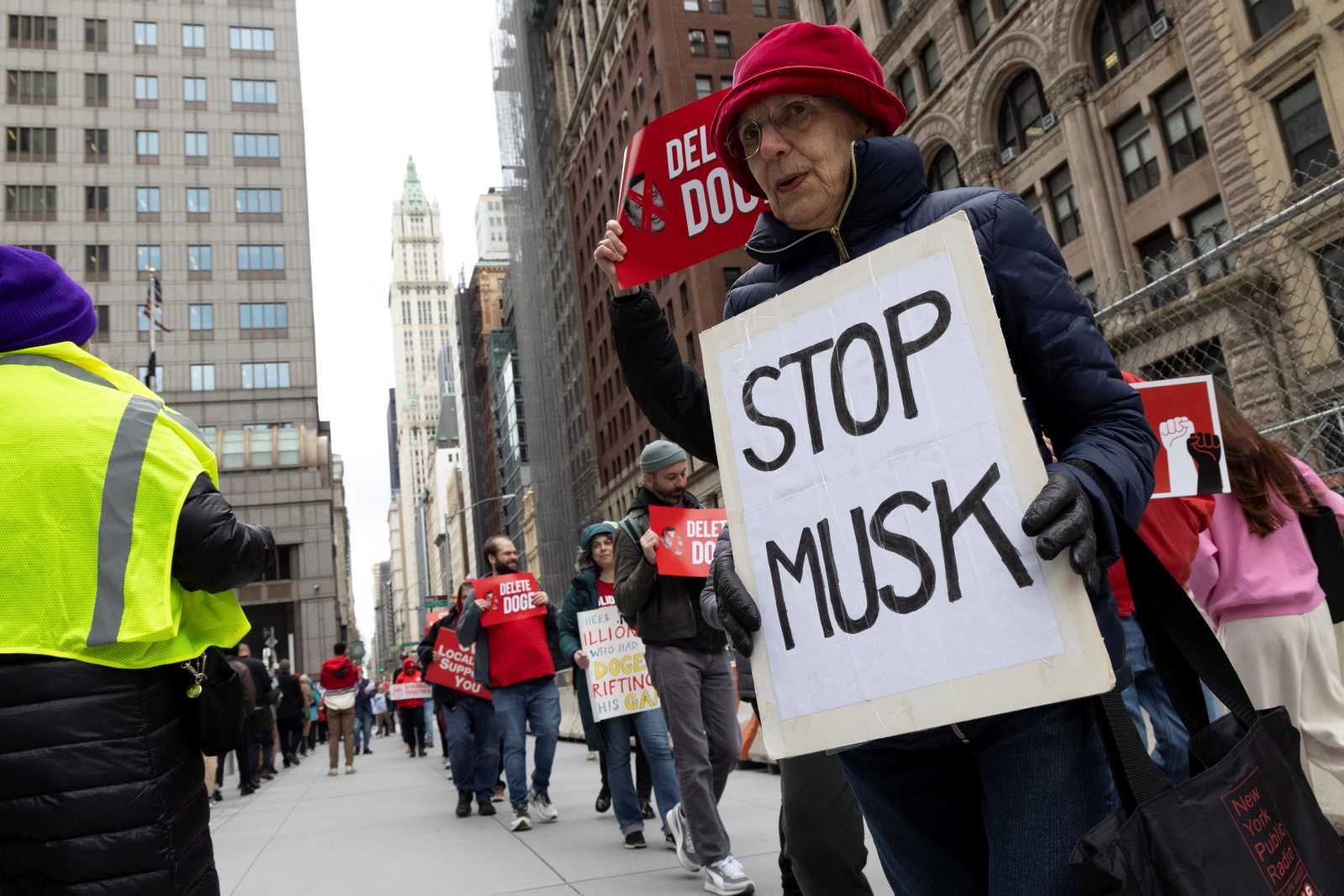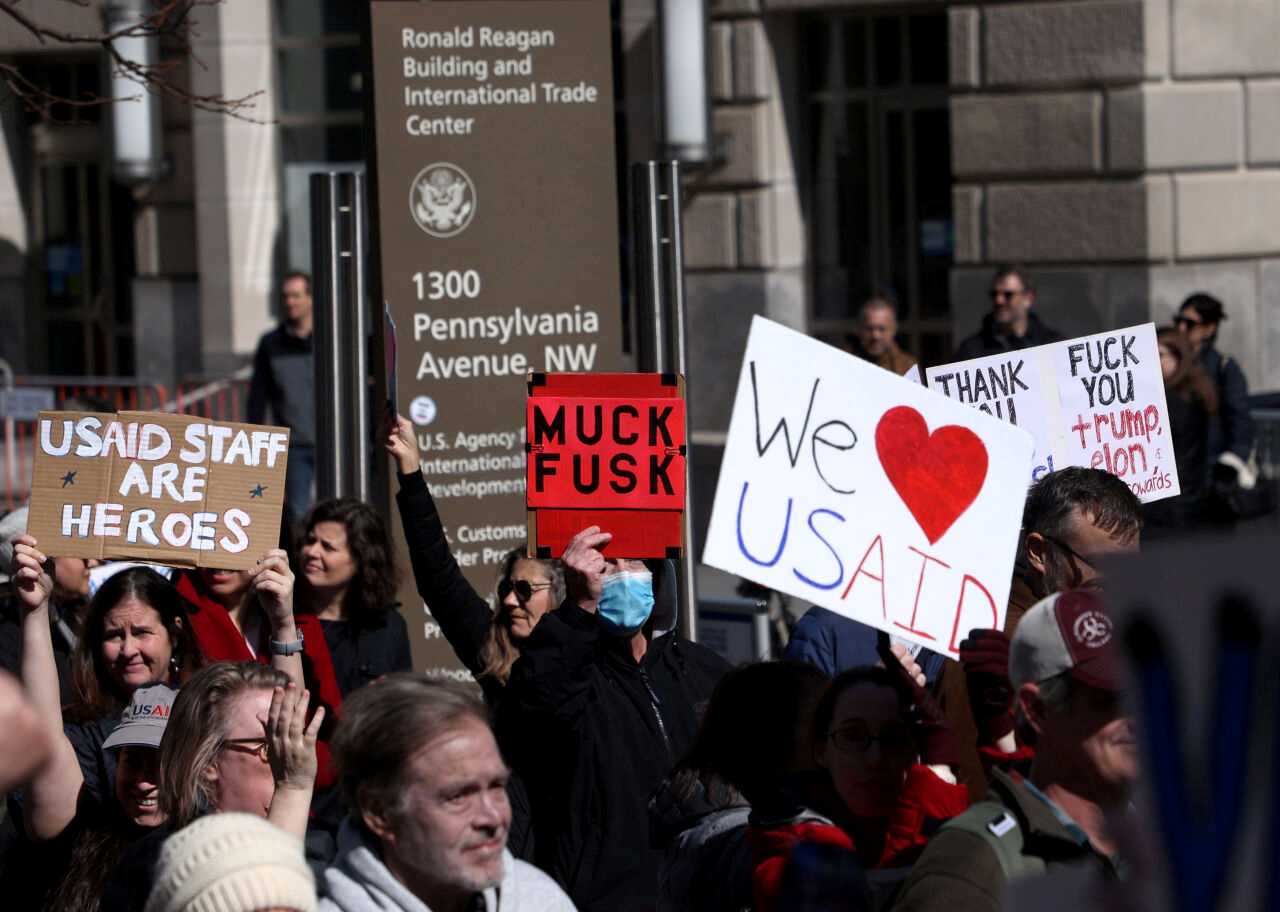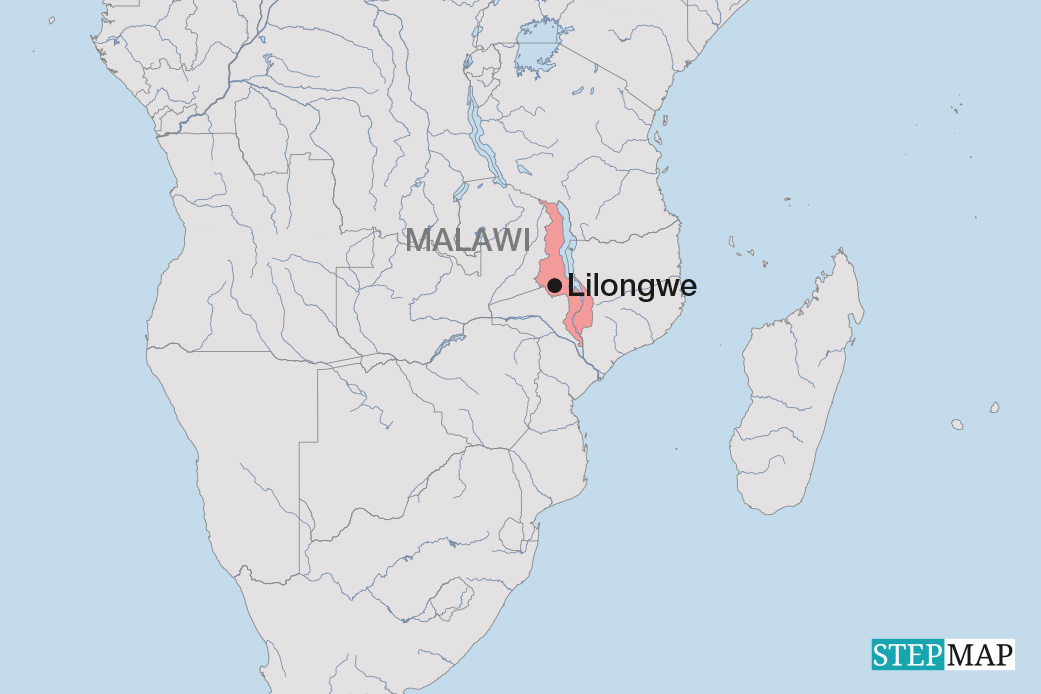Social disparities
India’s tiny plutocratic elite is growing fast
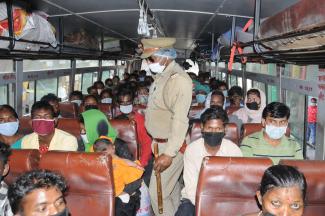
India has contributed many words to the English language. Examples include avatar (incarnation) or pundit (learned teacher). The Oxford English Dictionary should include “jumla” too. It means making false election-campaign promises. The BJP, India’s Hindu-supremacist ruling party, has been accused of jumla for a long time. Its promises of sustainable development have failed to come true. Modi, the BJP prime minister, has now been in office for ten years and is currently running for another term.
So far, the party has got away with unfulfilled promises. Five years ago, it won 38 % of the votes, securing 294 of 543 seats in Parliament. Together with allied parties, the BJP has a comfortable majority of not quite two thirds of seats.
With Modi in office, campaign promises to the poor were fast papered over in 2019 as in 2014. No, the government did not get inflation under control. No, it did not oversee the creation of millions of jobs. No, farm incomes did not double. As a matter of fact, many peasants and other dispossessed people suffer worsening poverty. Unemployment and underemployment still haunt the nation. Huge disparities are widening, for example, with women being systematically paid less than men.
Last year, the Global Hunger Index (GHI) placed India at the 111th position out of 121 countries. The data indicated a serious level of hunger. As was to be expected, India’s government questioned the credibility of the GHI, accusing its authors of bad faith and unreliable methodology. It claimed there was zero hunger and no starvation, until the Supreme Court ordered it to produce honest data. The government had to admit that 69 % of deaths in children under five was due to malnutrition and malnourishment in 2022. Equally bad, the number of hungry Indians had gone up from 190 million to 350 million that year.
While it is true that the Covid-19 pandemic contributed to the misery, one must not forget that the Modi government managed it poorly. First, it imposed a harsh national lockdown when the disease had not even arrived, and later it let it rip through the nation uncontrolled. Assessments by the World Health Organization (WHO), moreover, put the number of Covid deaths in India far higher than national statistics did.
The sad truth is that, under the BJP rule, the super-rich have become even richer. We are now a nation of 1.4 billion people, of whom, according to Forbes, a record number of 200 are billionaires in dollar terms. In the fiscal year 2022/23, India’s top one percent accounted for 22.6 % of the nation’s income and even 40.1 % of its wealth, as a recent working paper of the independent World Inequality Lab reported.
To distract from the misery, the BJP offers nationalist jingoism. It pretends that India is shining, with things getting better and better. Modi recently asserted that the country would emerge as the third largest economy in the world in the coming years. As a matter of fact, the World Bank already declared India to be the third largest economy in purchasing-power terms in 2011. At that time, Manmohan Singh of the Congress Party was prime minister. Purchasing power, of course, is what matters most to poor people.
Reducing inequality is not the only but an important component of sustainability. It figures prominently on the list of the SDGs, the UN’s Sustainable Development Goals. Environmental sustainability matters too, of course, but is not high on Modi’s agenda either. His priority is economic growth, which largely benefits the tiny, but growing plutocratic elite.
In view of these trends, Modi’s jumla may not be working as well as in the past. A scary new trend is that he has begun to attack the Muslim minority explicitly in his campaign rhetoric. In 2014 and 2019, he had shied away from doing so, not least because he did not want the public to remember the deadly riots that rocked the state of Gujarat in 2002, when he was its chief minister. To distract from widening social disparities, the Hindu-supremacist leader is now agitating against India’s largest minority once more.
Aditi Roy Ghatak is a freelance journalist based in Kolkata.
aroyghatak1956@gmail.com

